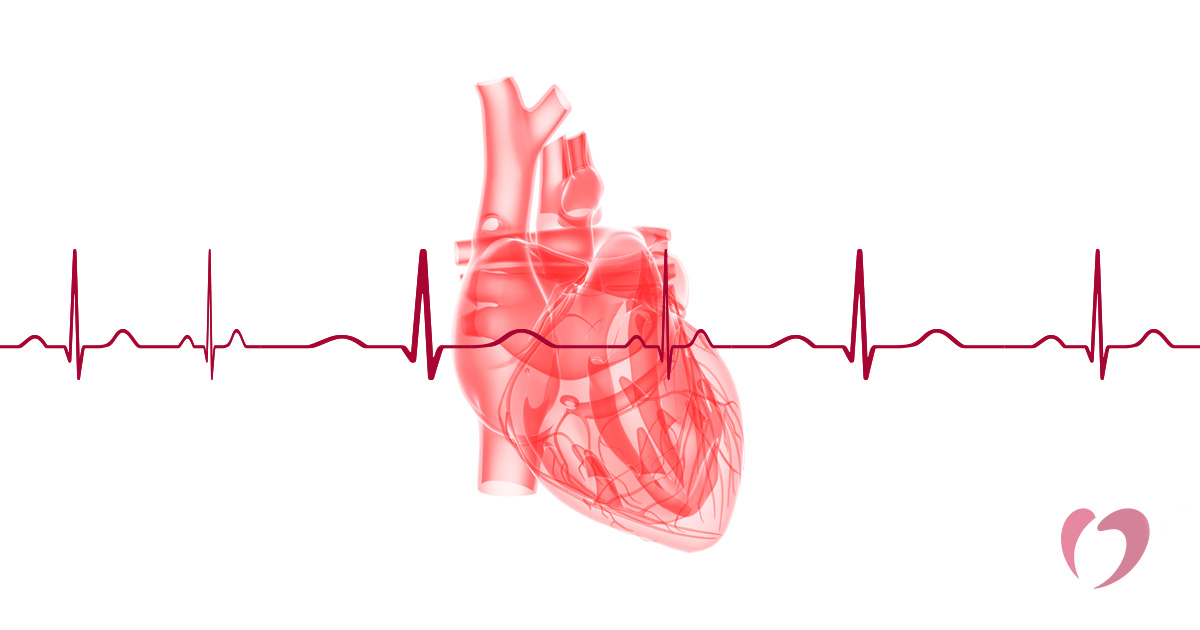An Overview of Abnormal Heart Rhythms

An abnormal heart rhythm, also called an arrhythmia, occurs when your beats too fast, too slow, or irregularly.
The heart is a complex organ involving valves, electrical nodes, and chambers that help blood move through your body. When it’s working properly, it’s a pretty impressive and powerful organ. But if something within your heart gets damaged or disrupted, it can change how your heart beats. While some abnormal rhythms result in no symptoms, others can cause feelings of fluttering, pounding, discomfort, or pain.
Here are some of the most common types of abnormal heart rhythms.
Atrial fibrillation
Atrial fibrillation, also called AFib, is the most common arrhythmia and occurs in the upper chambers of the heart. Misfiring electrical impulses can cause the heart rate to increase, sometimes as high as 100 to 200 beats per minute, and become erratic. AFib may be treated with ablation, cardioversion, or medications. Because of the increased risk of stroke, patients with AFib will typically be prescribed a blood thinner as well.
Atrial flutter
Atrial flutter most often occurs in the right atria, one of the upper chambers of the heart. It causes your heart rate to increase, but it remains more regular than with atrial fibrillation. Treatment for atrial flutter is similar to treatment for atrial fibrillation.
Bradycardia
Bradycardia is the general term for an abnormally slow heart rate, which is classified as fewer than 60 beats per minute. Bradycardia occurs when the electrical signals in the heart are disrupted, and it can result in feeling faint or even passing out. The most common treatment for this type of abnormal heart rhythm is a pacemaker.
Heart block
Heart block, also known as atrioventricular block, occurs when the electrical impulses from the upper chambers of the heart to the lower chambers of the heart are disrupted in some way. The atria contracts regularly, but the signals going to the ventricles are blocked, which results in the heart beating too slowly. This condition is typically treated with a pacemaker.
Premature contractions
Premature contractions can occur in the atria or in the ventricles. When this happens, an electrical impulse that occurs earlier than it should creates an extra beat in the heart, which creates an irregular rhythm. In most cases, premature contractions don’t require treatment, though severe or frequently recurring premature contractions may require medication.
Tachycardia
Tachycardia is the general term for a heart that beats too fast, which is classified as anything over 100 beats per minute. Ventricular tachycardia occurs in the lower chambers while supraventricular tachycardia occurs in the upper chambers (atria). Sinus tachycardia is an increased heart rate that occurs when excited or sick, and your heart rate returns to normal afterward. While sinus tachycardia does not require treatment, ventricular tachycardia can be life threatening and may require cardioversion to return the heart to normal rhythm.
If you are experiencing symptoms of an abnormal heart rhythm, contact the Oklahoma Heart Hospital today to make an appointment with a specialist in our Heart Rhythm Institute.
